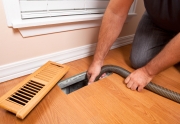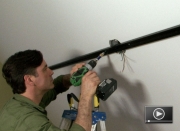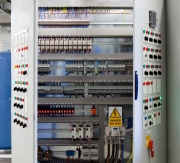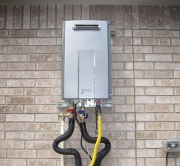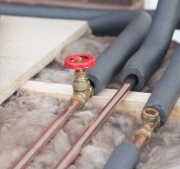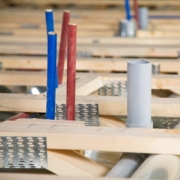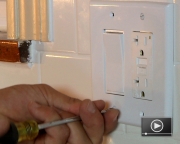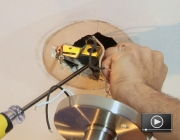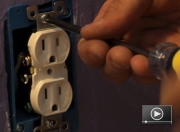Maintenance Tips: Air Duct Cleaning
How often do you need to clean your ductwork? Recommendations vary, so individual circumstances and preferences should dictate the timing of this task.
Every day we bring dirt and dust particles inside our homes from the great outdoors. We also generate dirt and dust indoors, depending on our daily activities. As the particles become airborne, they get drawn into our HVAC systems. (Our children may even drop toys, socks, or balls into them as well). As this continues over time, particles build up along the inner walls of the ductwork. Imagine what your furniture or floors would look like if you never dusted them. Cleaning up the accumulation of dirt, dust and debris inside your ductwork is common sense and part of good housekeeping.
